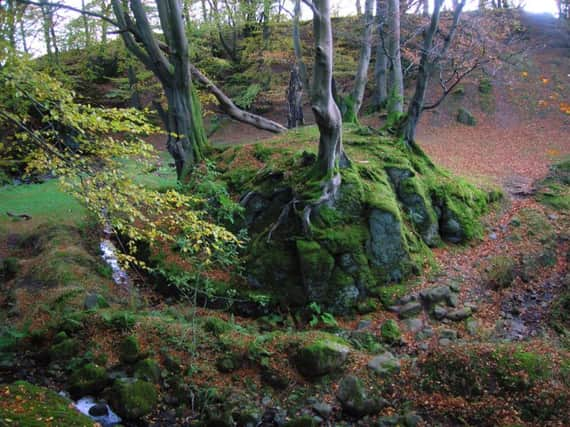The dark history of Scotland's drowning pools


There was a range of gruesome methods used to carry out capital punishments. Some - such as hanging - are still used in several states around the world to this day.
Other techniques remain shrouded in mystery. One example is the use of so-called drowning pools, also known as drowning pits or murder-pools.
Advertisement
Hide AdAdvertisement
Hide AdTheir use was self-explanatory. But what made them unique was they were traditionally reserved for women.
Feudal Scotland had no central government that we would recognise today. Royal authority was a distant concept. Local landowners held immense power and were expected to dispense justice as they saw fit.
“Each baron had his gallows for hanging men, and his pit for drowning women,” explained one history of Galloway, written in the late 19th century.
“Some of the murder-holes are said to be 80 feet deep, from which human bones have been brought forth; and their origin has been referred to the feudal grants which were conferred on so many barons, of having, and using “pit and gallows”.
In the dark ages, such punishments would take place at raised public gathering places known as moot hills, several examples of which survive.
Pits would be dug if no river or ditch was found close by.
Why women were drowned and men hanged cannot be definitively explained. One theory is that it was viewed as a less violent death, and considered an act of leniency.
However, men too were on occasion sentenced to drown.
Sir Walter Scott recorded in 1815 that Border reivers, who raided farms and property in both Scotland and England, were traditionally sentenced to be hanged or drowned, depending on the locality.
Advertisement
Hide AdAdvertisement
Hide AdHe wrote many were drowned “in a deep eddy of the Jed, near Jedburgh,” adding that “the next tree, or the deepest pool in the nearest stream, was indifferently used.”
Drownings were carried out until the late 17th century across Scotland as a punishment for a variety of crimes.
In 1611, an Edinburgh man was drowned for stealing a lamb, and in 1623, eleven gypsy women were recorded as being drowned in the city’s Nor Loch.
In 1679, a woman named Janet Grant was tried for theft in the baronial court of Sir Robert Gordon of Gordonston. She was found guilty and drowned the next day in the Loch of Spynie.
There are no records of drowning being used as a capital punishment after 1685.
But the practice survived in France until at least 1793.